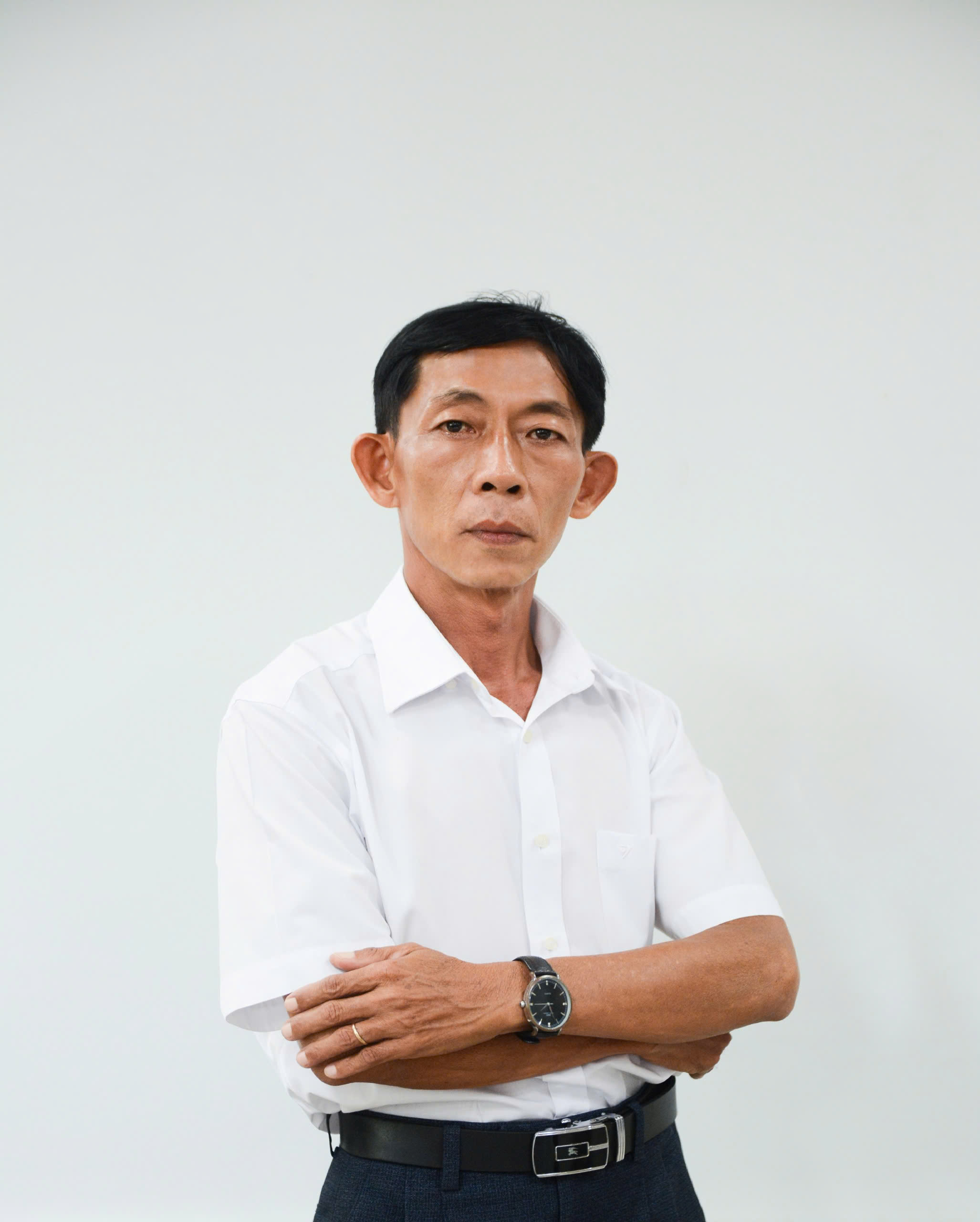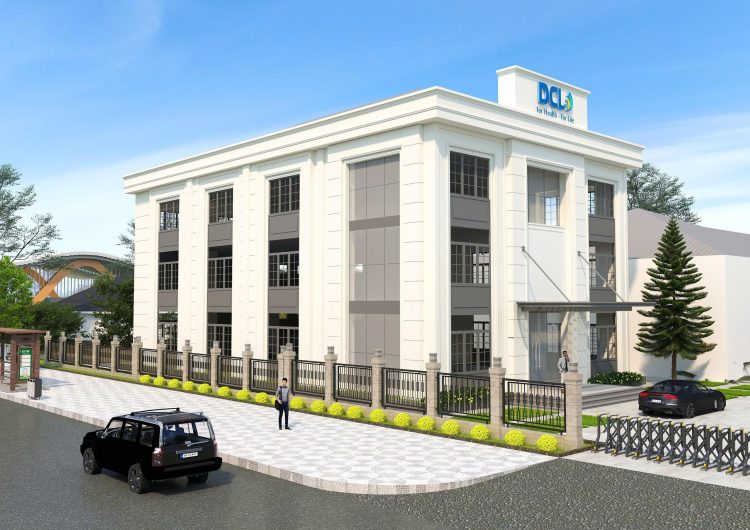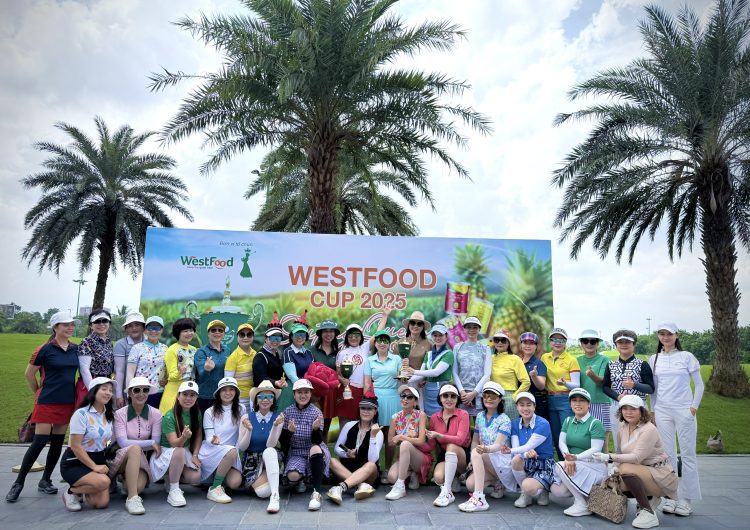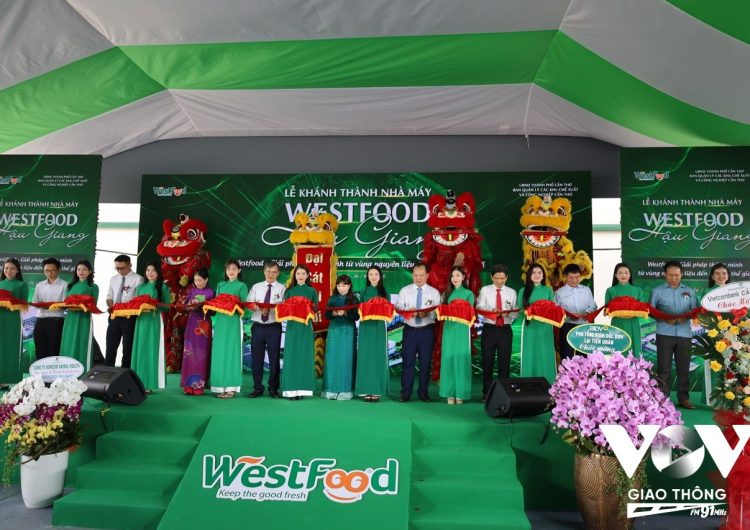“Continuous improvement” – one of the five core values of F.I.T Group – has been applied by Mr. Le Van Dang, Director of the Antibiotics and Syrup Factory, into his daily work, bringing about outstanding results.
1. Hello Mr. Dang, it is known that you were recently praised by the leadership for a product improvement initiative that was recognized and led to effective results. Could you share more about this improvement?
Recently, I came up with the idea to improve the quality of the Vilanta product. I am very happy and proud that my initiative has been acknowledged by both the leadership and my colleagues.

Mr. Le Van Dang – Director of the Antibiotics and Syrup Factory
2. How has the improvement of the Vilanta product impacted the production line at the factory? What specific changes were made in the technology or production process? What was the most significant breakthrough in the process of improving Vilanta at the factory?
The liquid medicine production line has been equipped with modern devices, with Vilanta being one of the flagship products, along with Aluinum gel and Babemol syrup. However, the production of Vilanta did not meet the sales plan or market demand. For many years, there has always been a shortage of this product. The reason is that Vilanta is a non-sterile product and must meet specific standards for Total Aerobic Microorganisms (≤100 cfu/g) and Molds (≤10 cfu/g). With such stringent standards, we need to be very cautious during production to ensure the best quality. Therefore, the factory implemented improvements mainly in the production process, focusing on sterilization during each stage: preparation, packaging, and post-packaging.
3. What was the most important breakthrough in the process of improving Vilanta at the factory?
The most important breakthrough in the Vilanta improvement process came from a very simple philosophy: “for internal use – for external application,” learned from the experience of doctors and physicians when treating patients. Since Vilanta is a non-sterile drug, strict adherence to the following measures was necessary during production: controlling the production environment to ensure optimal conditions and minimize external contamination; and sterilizing the product from within to prevent and control the growth of internal microorganisms. Applying this solution, the factory successfully produced 20 consecutive batches of Vilanta, with 100% of the batches meeting the required microbiological and mold standards as per the registered specifications.
4. Has the Vilanta improvement led to improvements in productivity, cost, or production time?
The improvement in production mainly resulted in cost savings, specifically reducing production costs, which ultimately benefits consumers. In the future, the factory will continue to research ways to reduce production time and maximize productivity for Vilanta to address the ongoing shortage and better meet market demand.

Mr. Le Van Dang at the DCL Antibiotics Factory
5. In your opinion, how is digital transformation affecting the pharmaceutical production process at the factory?
Digital transformation is directly impacting the production process by improving product quality, increasing labor productivity, boosting output, reducing production costs, and upgrading the management of product quality.
6. What message would you like to share with all employees at the factory during this transformative period?
Innovating thinking and fostering creativity will help everyone apply them in their work, leading to positive results. When facing difficulties during the production process, we should focus on thinking of solutions to solve problems rather than making excuses for why something cannot be done. Innovate to survive and improve upon the current situation. We must face challenges directly with a positive mindset. Nothing is impossible. We already have a solid foundation of knowledge and experience, and as long as we continue to learn and apply new tools, success is within reach.






